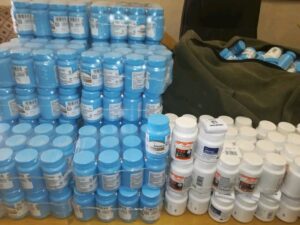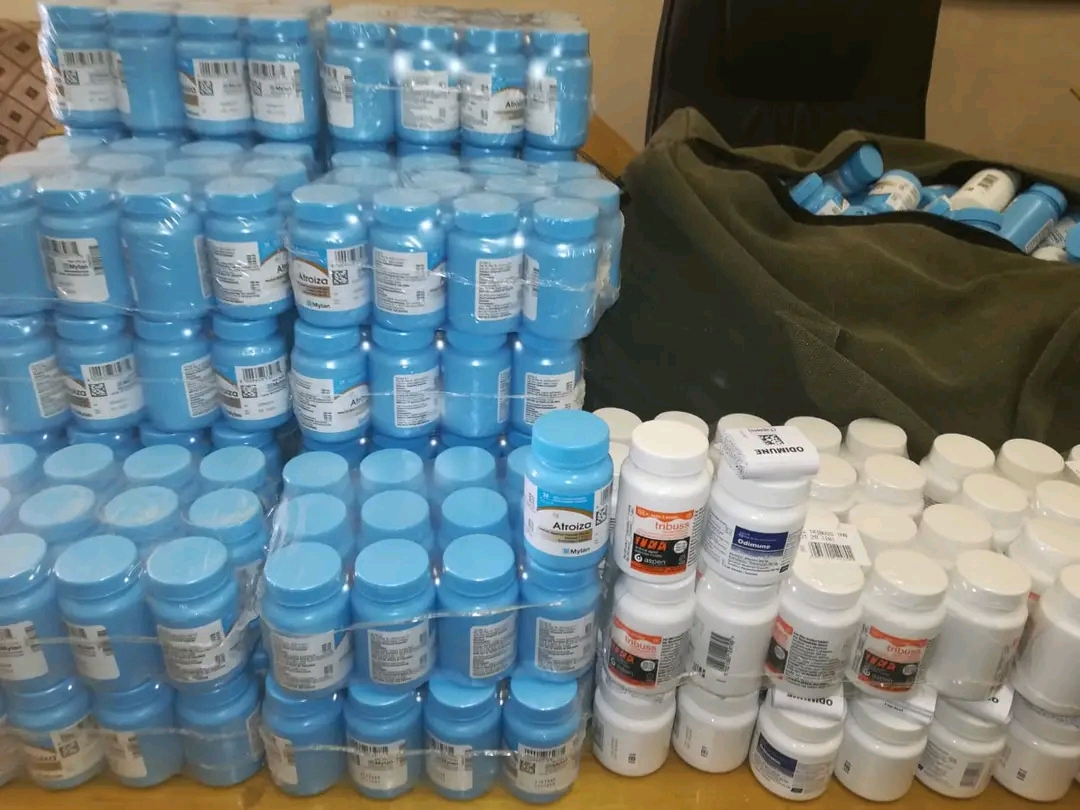A recent study by North West University has sent ripples through South Africa after it revealed that traces of antiretroviral drugs (ARVs) have been detected in various water sources across the country. The findings have sparked national concern as citizens question how long this contamination has gone unnoticed and what health risks it might pose to both humans and the environment.
The study, conducted by the university’s Occupational Hygiene and Health Research Initiative and led by Professor Surani Horn, identified low levels of ARVs in water samples. Although the levels are not considered immediately dangerous, Professor Horn cautioned that the presence of pharmaceutical compounds in water systems is troubling. The exposure of aquatic life to ARVs could lead to unknown ecological effects, and the long-term implications for human health remain uncertain.
Horn noted that more research is necessary to understand how these drugs interact with both aquatic organisms and human physiology. “The challenge now is to manage pharmaceutical waste responsibly without jeopardizing the strides we’ve made in HIV treatment,” she said.
The likely causes of the contamination, experts suggest, include improper disposal of medications and the excretion of drugs by patients using ARVs. These substances then enter sewage systems and can remain in the water even after treatment. Some observers point to landfill sites and flushed medication as major contributors to this problem, which may allow drugs to seep into underground or surface water.
The public reaction has been intense. Social media users expressed a mix of shock and humor, with some sarcastically commenting that South Africa has “turned water into ARVs.” Others voiced more serious concerns about the long-term risks of environmental exposure to these medications. One citizen, Luella Naido, raised a troubling possibility: “Exposure to low levels of ARVs in the environment could potentially contribute to drug resistance in HIV-positive individuals who are not yet on treatment.”
Another user, Andile Mcimbi, suggested that human waste containing ARVs may be a contributing factor, saying, “When sewage is treated and recycled into tap water, residual traces of these drugs could be retained in the supply.”
This revelation comes at a time when South Africa continues to make strides in HIV/AIDS research. Last year, Professor Salim Abdool Karim of the Center for the AIDS Programme of Research in South Africa said a cure for HIV may be possible within a decade. His comments came as researchers explored combining ARVs with neutralizing antibodies to suppress the virus.
In another promising development, scientists from the University of KwaZulu-Natal’s Africa Health Research Institute reported success in trials involving 20 women from Umlazi. Four of the participants managed to suppress their HIV viral load to undetectable levels using experimental antibody-based treatments.
Despite these advances, the presence of ARVs in the environment introduces a new layer of complexity in the fight against HIV. The Department of Health will likely face increasing pressure to investigate and regulate pharmaceutical waste disposal more rigorously.
As the country grapples with the implications of the study, one thing is clear: South Africa must now confront a public health and environmental issue that has been quietly growing beneath the surface.
